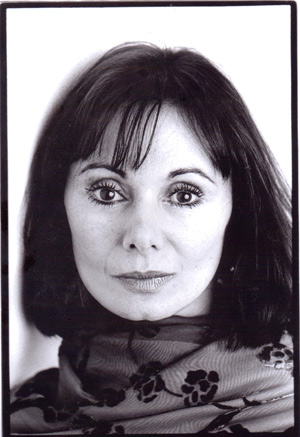 Marguerite Porter, director of the Yorkshire Ballet Summer School, is a British ballet diamond. From joining The Royal Ballet aged just 17, to partnering ballet legend Rudolf Nureyev, Porter’s ballet career has been full of iconic and incredibly memorable moments. Today sees Porter at the helm of the Yorkshire Ballet Summer School, leading it towards its fundraising Gala at Sadler’s Wells at the end of the month.
Marguerite Porter, director of the Yorkshire Ballet Summer School, is a British ballet diamond. From joining The Royal Ballet aged just 17, to partnering ballet legend Rudolf Nureyev, Porter’s ballet career has been full of iconic and incredibly memorable moments. Today sees Porter at the helm of the Yorkshire Ballet Summer School, leading it towards its fundraising Gala at Sadler’s Wells at the end of the month.
Where did you train?
I trained with Louise Browne in York and then at The Royal Ballet School for two years before joining the company.
What was your typical day like?
Class was at 10:30am followed by all day rehearsals which would end around 6pm, however if there was a performance in the evening and one was dancing the principal role, one would finish around lunchtime in order to prepare for the evening performance.
What is a typical day like now?
There is no typical day, as the Summer School approaches it becomes extremely busy. My PA arrives around 10am and typically we will work until around 3pm. At present in preparation for the Gala I am working all hours of the day and night with various deadlines to meet.
Who inspired you to dance?
I began to dance by accident; I was extremely tall for my age and developed a stoop in order to fit in with my peers! In order to try and correct my poor posture, my grandmother asked a friend of hers if her twin daughters (who attended the Rambert School in London) would give me ballet lessons in their bedroom during the holidays. As soon as I started to put music to the exercises I had been taught I knew I wanted to dance. Later when ballet came fully into my life I would say Lynn Seymour and Margot Fonteyn were my inspiration.
Did you train in any other techniques other than ballet?
At the Royal Ballet School we learned character dances and Spanish dancing.
What was life like as a Royal Ballet Dancer?
In my early years with the Royal Ballet as a corps de ballet member I was blissfully happy. Sir Frederick Ashton, Michael Somes and Jack Hart were the joint directors. It was a wonderful atmosphere in which to begin my career. I joined the Royal Ballet aged 17; I had never been out of the country before and in those days we did extensive tours abroad. Four months in America and Canada with a six week run at the Metropolitan Opera House in New York was a thrill for someone who had never been on a plane before or indeed until the age of 15 out of Yorkshire. These were the golden years with Margot Fonteyn and Rudolph Nureyev leading the company, it was such a thrill for us young dancers to be a part of it. As I progressed through the ranks to become a principal the pressure and responsibility increased and somewhat diminished the freedom and pure joy of those early years.
Do you think life there is different now?
Very difficult to answer this question, I can only imagine the pressure is even greater as they do many more performances than in my day.
What are the most memorable parts of your extensive career?
Working with the likes of Sir Frederick Ashton, Sir Kenneth McMillan, Jerome Robbins and many other wonderful choreographers, also performing with some of the greatest dancers of the 20th century including Anthony Dowell, Rudolf Nureyev and others too numerous to mention.
Do the same things motivate you each day for ballet and dance?
The motivation each day for dance is the love of it, the discipline which is innate in a dancer’s body and constant striving for perfection.
Do you still take classes?
No.
What’s the best part of dance and performance?
I used to find the rehearsal period and preparation the most exciting, creating and developing a role and making it one’s own. If it all comes together in the performance which is what one strives and hopes for, then it is exciting and fulfilling.
Of all the iconic dancers and choreographers you’ve worked with, what is the one moment that will always be with you?
Performing as Odette/Odile in Swan Lake with Rudolf Nureyev as Prince Siegfried at the Royal Opera House, Covent Garden.
What advice would you give to someone aspiring to a ballet or dance career?
It is a very hard life and I would advise anyone wanting to be part of it, to consider whether or not they have the physical stamina and emotional strength to withstand it. If, after serious soul searching, (and they have all the physical attributes necessary to become a dancer) I would suggest they work hard, wear blinkers and soldier on.
What are you looking forward to most for YBSS?
To continue in the same way with all the positive things that David Gayle the founder of the YBSS instilled at the beginning.
What’s next?
To continue as we have in the past 40 years, hopefully inspiring, guiding and helping young talent.

 Donald Hutera, notable arts journalist and dance critic, has been invited to curate the GOlive Dance & Performance Festival currently taking place at the Lion and Unicorn theatre until the end of September. Hutera’s work has appeared in The Times, Time Out and Dance Europe amongst other publications and websites world-wide, making him the ideal candidate to programme this new festival of dance.
Donald Hutera, notable arts journalist and dance critic, has been invited to curate the GOlive Dance & Performance Festival currently taking place at the Lion and Unicorn theatre until the end of September. Hutera’s work has appeared in The Times, Time Out and Dance Europe amongst other publications and websites world-wide, making him the ideal candidate to programme this new festival of dance. With the now mainstream TV entertainment programmes such as So You Think You Can Dance and Got To Dance, dance culture has shifted in the UK.
With the now mainstream TV entertainment programmes such as So You Think You Can Dance and Got To Dance, dance culture has shifted in the UK.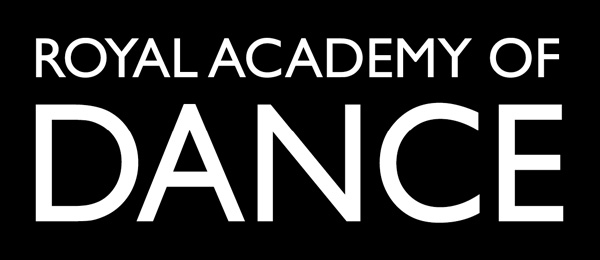 On 10 September the Royal Academy of Dance will be launching Progressions: the launch of the new Advanced Foundation, 1 & 2 syllabi. It will be a virtual launch of the new work of the vocational graded examinations meaning members and non members alike will be able to watch the first ever virtual launch of new RAD syllabi on 10 September. Also on offer to engage with are demonstrations of the new advanced work, interviews with the creative panel and even a live Twitter question and answer session.
On 10 September the Royal Academy of Dance will be launching Progressions: the launch of the new Advanced Foundation, 1 & 2 syllabi. It will be a virtual launch of the new work of the vocational graded examinations meaning members and non members alike will be able to watch the first ever virtual launch of new RAD syllabi on 10 September. Also on offer to engage with are demonstrations of the new advanced work, interviews with the creative panel and even a live Twitter question and answer session.
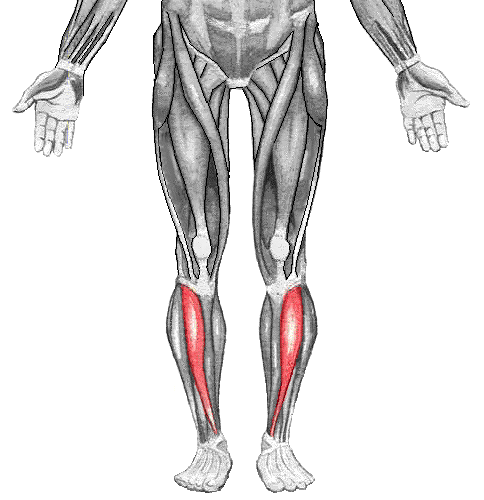 DOMS: a common ailment for dancers, athletes and sports players. As much as it is common, the meaning of the each letter and its cause is not often known, especially by those who are younger and just beginning to train harder in their chosen area.
DOMS: a common ailment for dancers, athletes and sports players. As much as it is common, the meaning of the each letter and its cause is not often known, especially by those who are younger and just beginning to train harder in their chosen area.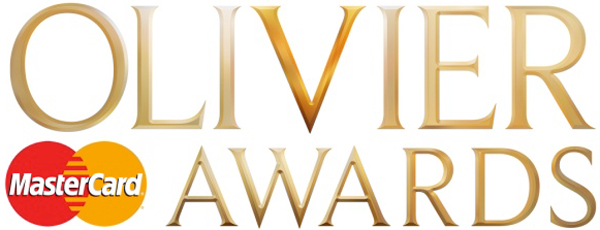 The Olivier Awards, the iconic award event which took place earlier this year, is due to take place on Sunday 13 April 2014 with MasterCard. The coveted statuettes – as well as one new award – will be awarded to the very best productions, performers and creatives in London’s Theatreland. Many may argue that the UK’s capital is the best in the world in terms of theatre, but with New York’s Broadway as a prime contender it’s a close call!
The Olivier Awards, the iconic award event which took place earlier this year, is due to take place on Sunday 13 April 2014 with MasterCard. The coveted statuettes – as well as one new award – will be awarded to the very best productions, performers and creatives in London’s Theatreland. Many may argue that the UK’s capital is the best in the world in terms of theatre, but with New York’s Broadway as a prime contender it’s a close call!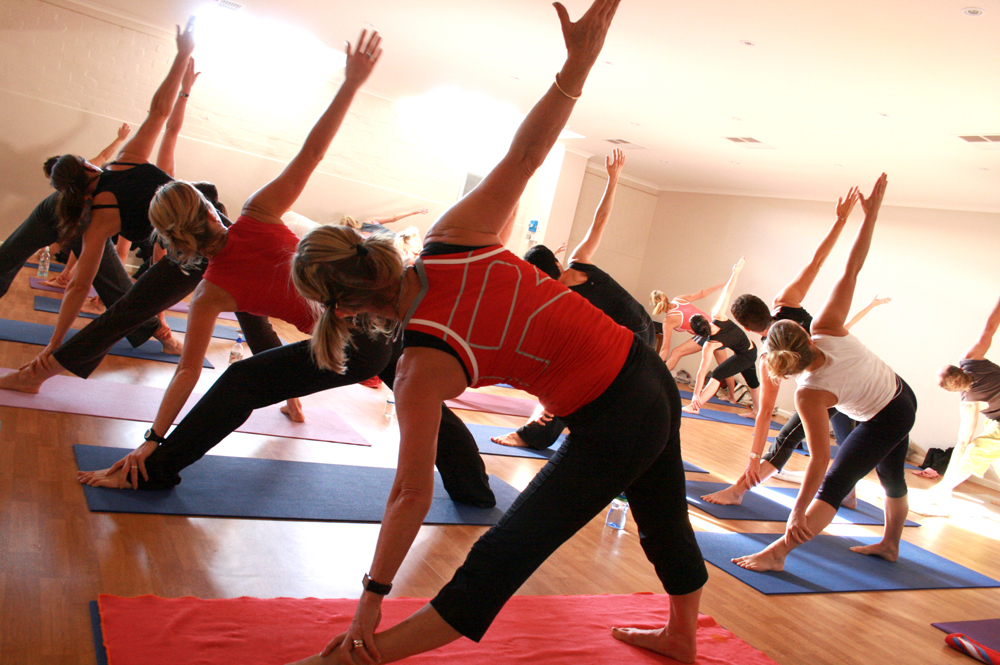 Many dance students who are getting ready to commence their vocational training at performing arts institutes will also be introduced to the term ‘body conditioning’. It is something that all dancers are aware of as a means to improve their technique and overall presence in the performance space, and many continue working on their body conditioning for years on end.
Many dance students who are getting ready to commence their vocational training at performing arts institutes will also be introduced to the term ‘body conditioning’. It is something that all dancers are aware of as a means to improve their technique and overall presence in the performance space, and many continue working on their body conditioning for years on end.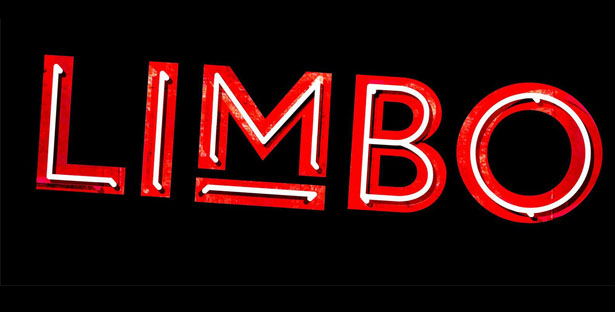
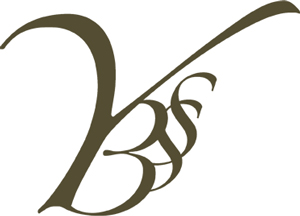 The Yorkshire Ballet Summer School’s 40th anniversary will be celebrated this year in a gala organised by Anthony Dowell and the actor Derek Jacobi. The gala will be held at national dance house Sadler’s Wells, London, on 29 September, marking the journey from strength to strength of the summer school and its staff.
The Yorkshire Ballet Summer School’s 40th anniversary will be celebrated this year in a gala organised by Anthony Dowell and the actor Derek Jacobi. The gala will be held at national dance house Sadler’s Wells, London, on 29 September, marking the journey from strength to strength of the summer school and its staff.